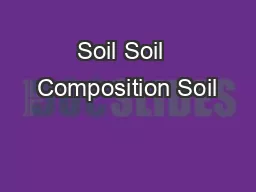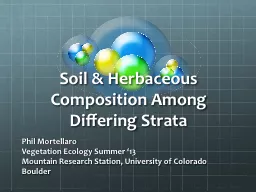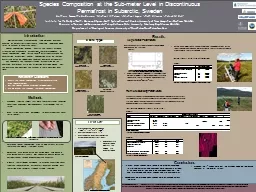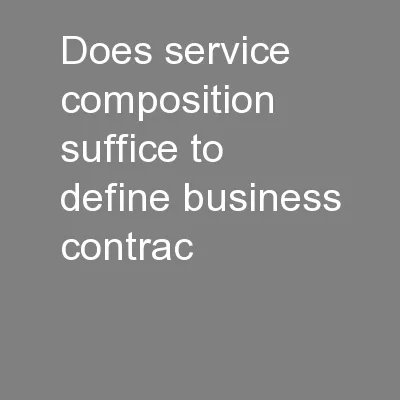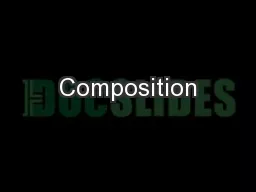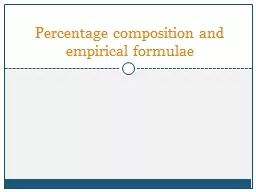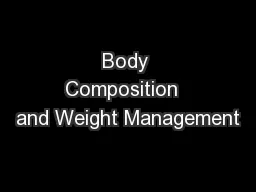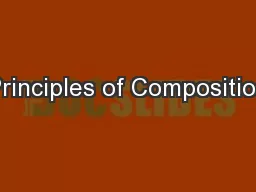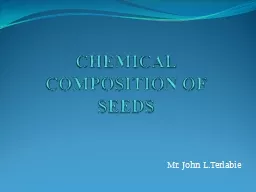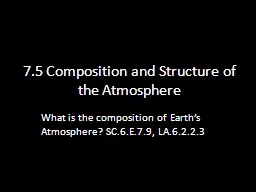PPT-Soil Soil Composition Soil
Author : jane-oiler | Published Date : 2018-10-27
Uppermost layer of earths crust that supports plants animals and microbes Soil Forming Factors Parent Material Time Climate Vegetation amp Organisms Topography 1
Presentation Embed Code
Download Presentation
Download Presentation The PPT/PDF document "Soil Soil Composition Soil" is the property of its rightful owner. Permission is granted to download and print the materials on this website for personal, non-commercial use only, and to display it on your personal computer provided you do not modify the materials and that you retain all copyright notices contained in the materials. By downloading content from our website, you accept the terms of this agreement.
Soil Soil Composition Soil: Transcript
Download Rules Of Document
"Soil Soil Composition Soil"The content belongs to its owner. You may download and print it for personal use, without modification, and keep all copyright notices. By downloading, you agree to these terms.
Related Documents

